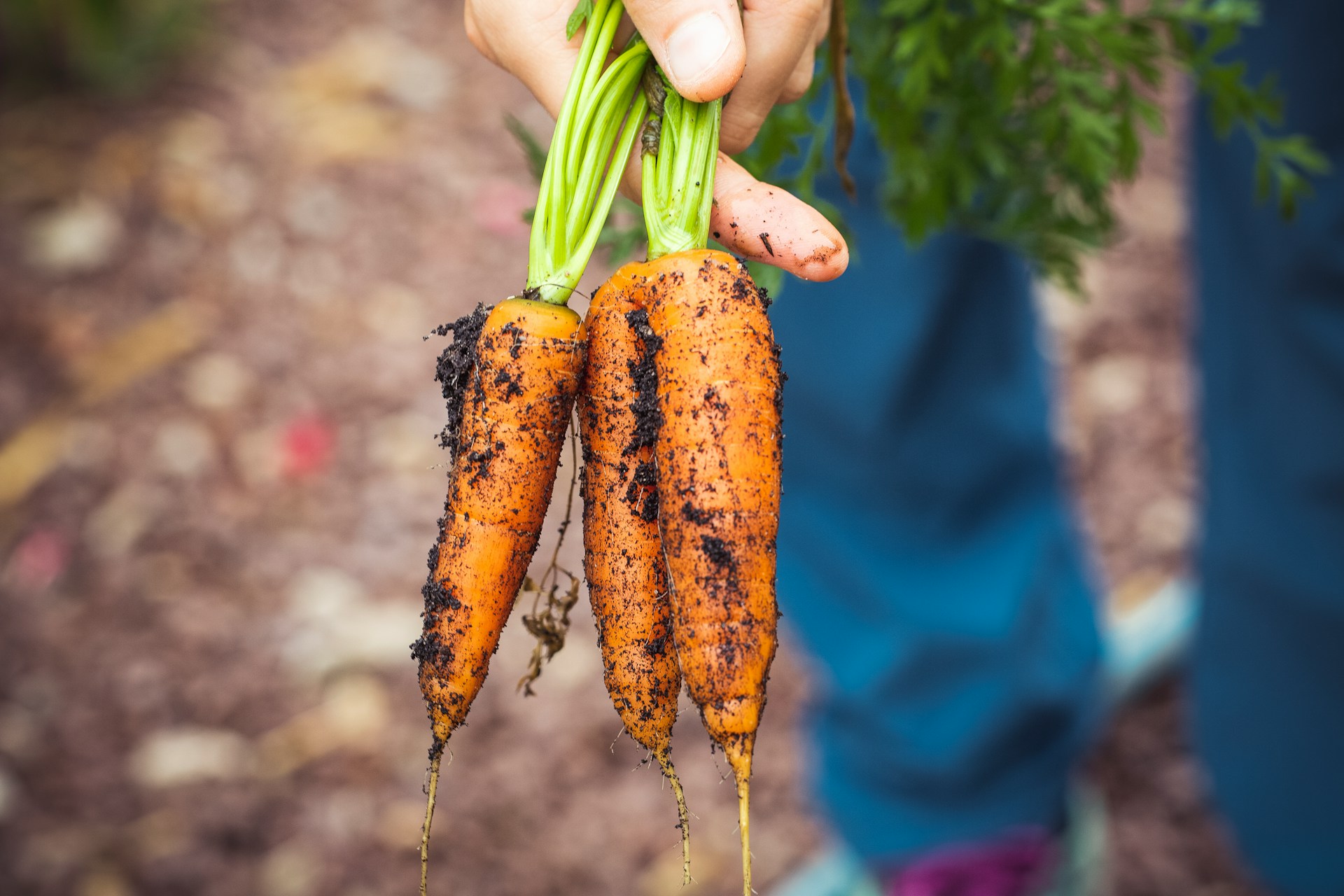



Organic farming sits at a promising moment. Farmers want healthier soils and more constant margins, while retailers ask for a traceable supply with fewer residues. The weather swings harder, pests adapt faster and audits dig deeper. These challenges are some of the things organic farmers face.
Meanwhile, technology prompts them to think more practically. Imagine fields where sensors time nutrients to the hour and data replaces guesswork. Breeders push root vigor and disease tolerance, and mentors show transitioners how to pass inspections on the first try. With science, stronger mid-chain services and rules that reward good performers, organic agriculture can scale without losing its soil-first mindset.
What are the challenges of using organic fertilizers and adopting organic farming? Producers experience 10 common hurdles:
Studies show that organic farming usually has lower yields, although this depends on the crop and the weather. Farmers frequently see this with grains and root vegetables, but the difference isn’t as significant for some fruits, nuts and beans.
To get better results, use special types of crops that grow well without extra help and can fight off weeds. Fertilize, water and harvest at the right time, based on how the crops grow, not just on a calendar.
Two things can make a difference — using crop varieties made for organic farming and tools that help farmers decide when to do things based on growth. When the crops match the timing, organic farms can become more reliable.
Organic amendments improve soil structure and microbial activity, but nutrient mineralization doesn’t always have to match the timing of crop demand. Temperature and moisture fluctuations affect mineralization rates and cause nitrogen deficiencies during reproduction and subsequent nutrient losses.
Organic growers typically follow a two-step process — apply compost or manure before planting to build soil fertility, then add liquid fertilizers during the growing season based on soil tests and crop needs. Cover crops help capture and release nutrients and are later removed when the main crop needs them most. Computer models also help farmers predict when nutrients will become available, improving timing and yields.
Integrated Pest Management (IPM) in organic systems follows a clear hierarchy — prevention through habitat management and sanitation, followed by resistant cultivars, with targeted interventions only when monitoring indicates action thresholds are exceeded. This approach minimizes collateral damage while transforming routine scouting into actionable data.
IPM’s environmental impact is significant. Research indicates that around 70,000 metric tons of potentially harmful pesticide byproducts enter aquifers annually and subsequently move through food webs.
So far, two strategies have been proven effective for outbreak prevention. One is early beneficial insect releases using banker plants in protected environments. The other is rotating organic-approved biopesticide modes of action, combined with rigorous sanitation and crop-free periods.
Here’s a good example. A mixed-vegetable grower partnered with Koppert Biological Systems to control whitefly and spider mite pressure. They deployed Encarsia cards and Phytoseiulus predators timed to environmental data and crop stages, applied Bacillus-based biofungicides during warm nights and maintained strict sanitation between crops. Refugia strips near vents supported predator persistence. By mid-season, pest populations stayed below action thresholds with minimal intervention needed.
Climate extremes pose threats to organic farming, with NOAA documenting 27 billion-dollar weather disasters in the U.S. during 2024 alone. Farmers are vulnerable because they rely on biological processes and longer crop schedules. While some adapt through diversified rotations, water capture systems and weather monitoring, these solutions require significant financial investment.
The challenge hits new organic farmers the hardest. The National Organic Research Agenda found only 71 transitioning farms willing to participate in surveys versus 1,000+ certified operations. Paradoxically, the Organic Farming Research Foundation reports that climate resilience motivates farmers to pursue certification, even as extreme weather makes production more difficult to maintain.
Organic rotations require extended crop intervals and cover cropping, improving soil health but potentially reducing output per acre compared to conventional methods. Urban-adjacent farms face additional pressure. Controlled-environment agriculture (CEA) offers solutions for select crops, with hydroponic systems reducing water use by as much as 90% through recirculation.
While CEA won’t replace field production, it enables the year-round cultivation of specific crops and stabilizes supply chains. Farm operations combining field and protected cultivation can expect more consistent revenue streams.
The USDA’s Strengthening Organic Enforcement (SOE) rule was created in 2024 to enhance supply chain oversight and traceability. At around the same time, the Organic Livestock and Poultry Standards mandated specific outdoor access and stocking densities to livestock producers.
While both requirements are meant to level the playing field, they also force many farmers into making costly infrastructure upgrades.
Although organic sales reached $63.8 billion for food products and $5.9 billion for non-food, infrastructure gaps persist. Many regions lack certified storage and processing facilities for crops like small grains and pulses — creating bottlenecks and price volatility.
Solutions include setting up regional aggregation facilities, multi-year contracts and enhanced traceability systems. Long-term processor commitments enable farm-level investments in equipment and workforce development.
Organic farming demands significant skilled manual labor, but frequent field scouting, hand weeding and precise harvest timing can’t be mechanized. It’s also not helping that agricultural wages average just $35,980 annually despite 116,200 job openings nationwide.
Although some farms do use automation, digital tools cannot fully replace experienced workers. The struggle to keep skilled staff forces many organic producers to scale back production or compromise on management practices during peak seasons.
While organic R&D historically lagged traditional agriculture, the USDA’s Organic Transition Initiative is accelerating progress through expanded mentorship and risk management tools.
Here’s a good example. A Willamette Valley grain producer was able to adapt through the USDA’s Transition to Organic Partnership Program with Oregon Tilth. The mentorship covered documentation, segregation protocols and rotation planning, with the goal of balancing compliance with profitability.
Plenty of misconceptions about organic certifications remain, and such can lead consumers to expect unrealistic benefits from products. Social media amplifies the situation — forcing organic producers to spend valuable resources on education and marketing to maintain their customer base, instead of focusing on operations improvements.
Plain-language labels that spell out what the organic seal covers — and what it doesn’t — can help reset expectations at the shelf. Retailer partnerships with QR-code explainers and short in-aisle demos answer common questions and free farmers to invest time in seed, soil and logistics.
Progress is already evident across organic operations, with advanced genetics, precision timing and improved supply chain infrastructure simultaneously increasing yields and maintaining integrity. While climate risks are still significant, the path forward is clear — sustained public-private investment in organic-specific research, continued transition support and expanded regional processing capacity. With these foundations in place, organic agriculture can scale effectively while safeguarding soil health, water quality and consumer trust.


This site uses Akismet to reduce spam. Learn how your comment data is processed.